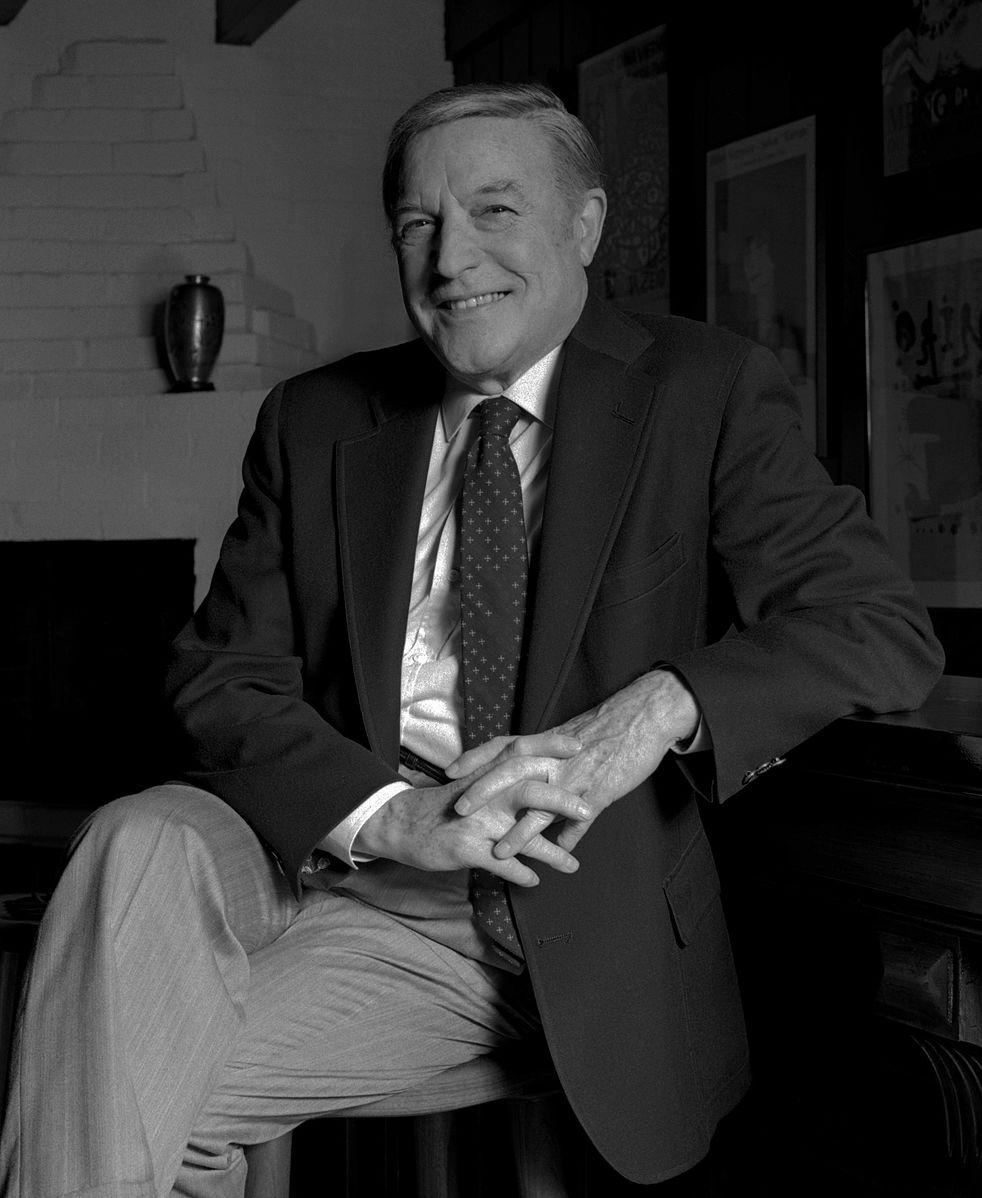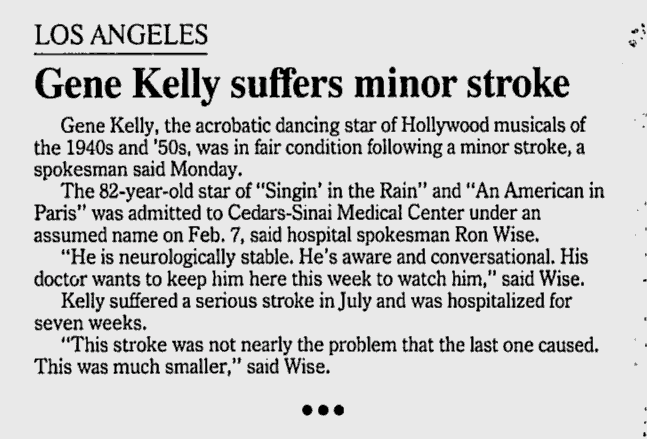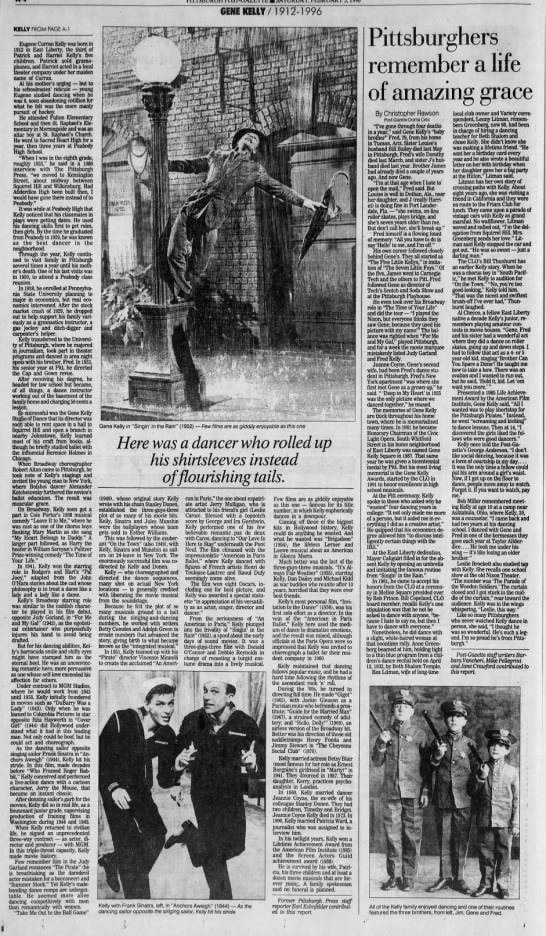When Did Gene Kelly Die?
By Kelli
This post is part of the series Gene Kelly: The Basics, which addresses fundamental questions fans often ask about the star.
This post is part of the series Gene Kelly: The Basics, which addresses fundamental questions fans often ask about the star.



